The Table Model: finding solutions that we can live with
Problem: Current criminal procedures often fail to provide effective agreements for those involved (Victim, suspect and society as a whole)
Solution: An innovative procedure providing restoration and reconciliation for victims, suspects and society.
Something terrible occurs, what happens next?
What happens after something terrible occurs to the victim and suspect? Of course, the victim’s health is priority. What happens to the suspect? He or she enters the criminal system via the police. An arrest is made, a report must be drawn up and the prosecutor decides on pressing charges. There is a pre-hearing, indictments and accusations. Then adjudication starts. The suspect goes to trial, there is a guilty plea and a conviction. The suspect will be sentenced and sanctioned, and ultimately corrected. Imposed sanctions do not feel fair for the parties involved. The victims are angry. Society is angry.
Does the current criminal system work?
From HiiL’s Menselijk en Rechtvaardig report and several meetings conducted by HiiL with professionals and experts, it became clear that the criminal justice system does not work for the people. Among the professionals there is general consensus on how these criminal procedures could work better. Together we came up with a prototype of a new procedure for sensitive criminal cases. A new way of reaching satisfactory solutions, for all parties involved. Be it restoring harm or solutions that help people to continue living their lives.
Four tables, one goal
The new designed system is based on reconciliation and restorative justice. Four tables are set where all relevant stakeholders sit together to find solutions. These being: the fact finding table (what happened?), the restoring harm table, the responsibility and accountability table and aftercare table. In the current criminal system there is no opportunity for the victim and suspect to communicate or even work out a solution together. Professionals have experimented with mediation in criminal cases. They experience that more satisfying solutions are reached if victim and suspect are given the opportunity to work out a solution together. The Table Model is there to help people find their peace. With room for emotions and satisfactory agreements.
